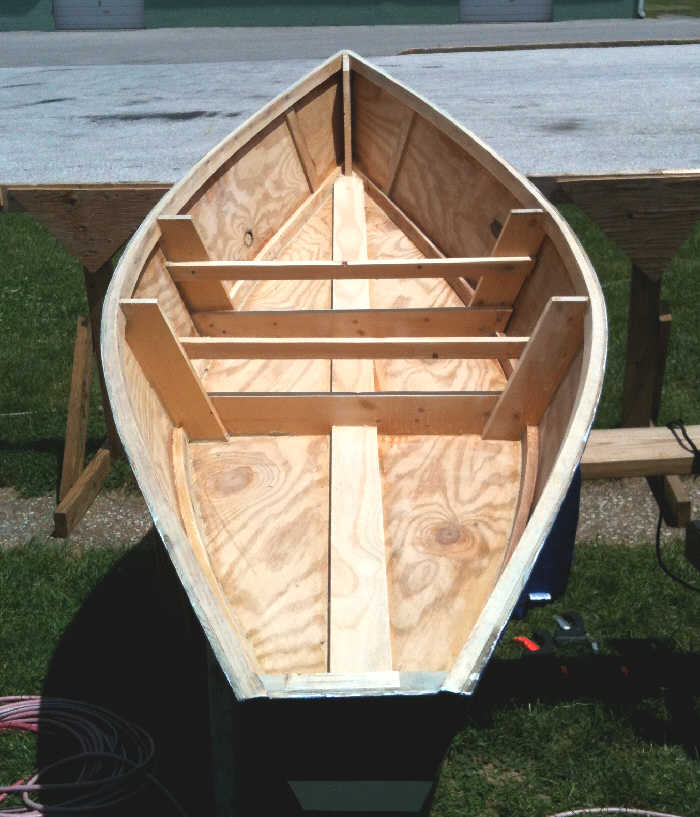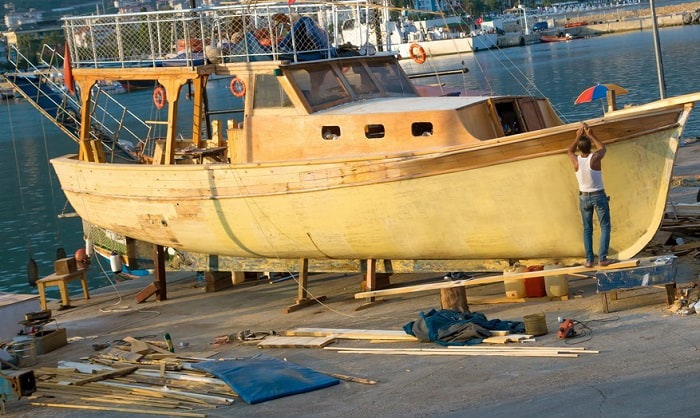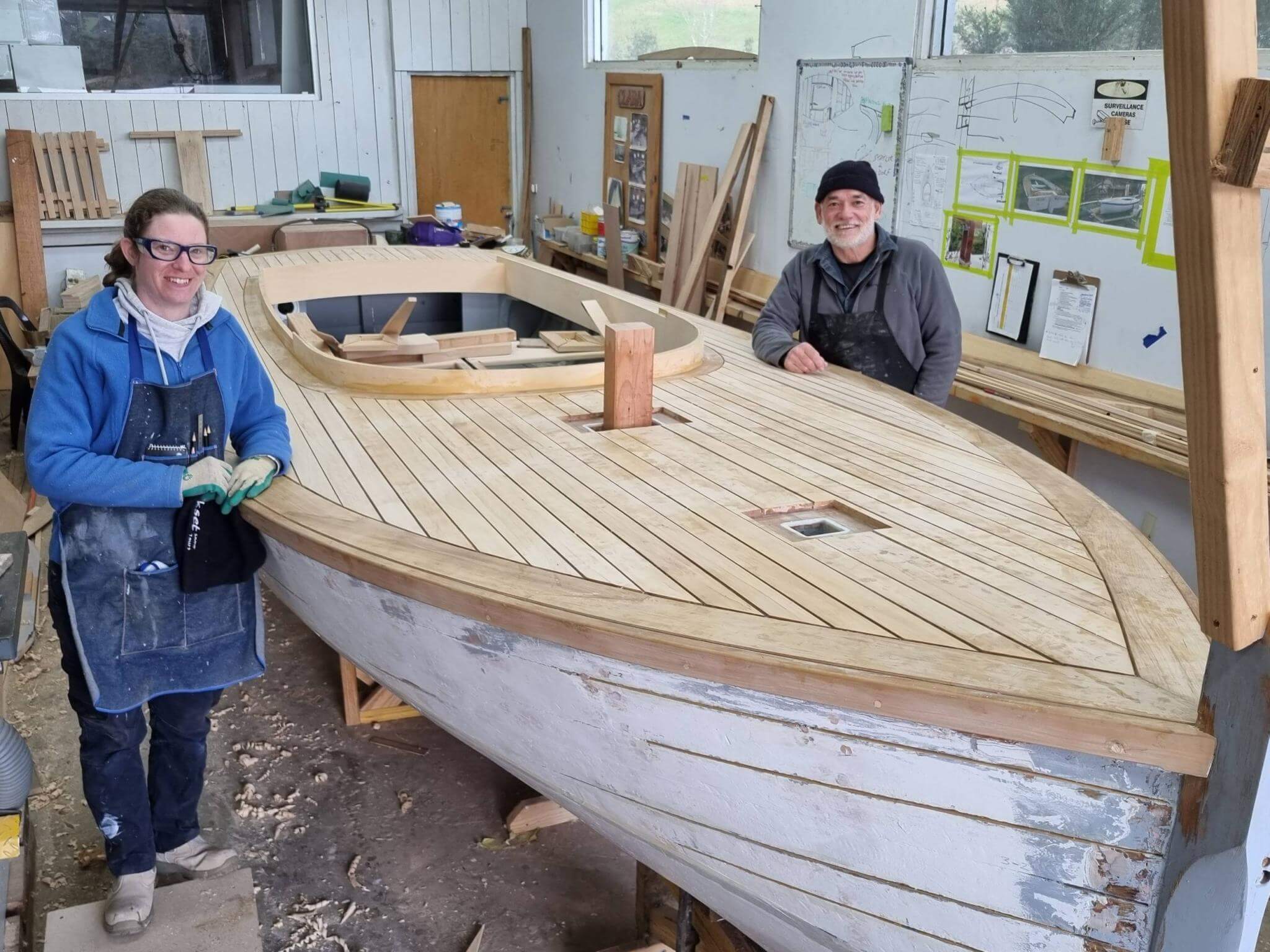Find the Best Free Boat Plans for Historic Reproductions

Unearthing the Ghost of Ships Past: A Fresh Look at Free Historic Boat Plans
The internet brims with free boat plans, promising DIY nautical adventures. But finding truly reliable, historically accurate plans for reproduction, especially ones that cater to the nuances of historical shipbuilding, presents a unique challenge. This isn't just about downloading a blueprint; it's about understanding the context, the craftsmanship, and the often-unwritten knowledge embedded in these vessels. This review tackles the often-overlooked aspects of sourcing and utilizing free historic boat plans, offering fresh perspectives for hobbyists, builders, and educators alike.
Beyond the Blueprint: The Unspoken Challenges
Many readily available "free" plans are simplified, omitting crucial details vital for accurate reproduction. They often lack the depth needed to address the subtle curves, complex joinery, and material specifications essential for capturing the spirit of the original. This leads to a critical question:
Q: How can we move beyond superficial accuracy in recreating historical vessels?
A: It requires a multi-faceted approach. First, cross-referencing is paramount. Don't rely solely on a single plan. Consult multiple sourcesâ€"museum archives, historical ship records (if available), and scholarly articles. Second, engage with maritime history experts. Their insight into traditional shipbuilding techniques, material choices, and regional variations is invaluable. Third, consider the limitations of the free plans. They often lack detailed material lists, joinery specifications, and even scale information. Be prepared to conduct extensive research to fill these gaps.
The Case of the "Free" Plan That Wasn't So Free
Let's consider a hypothetical scenario. A hobbyist downloads a free plan for a 19th-century fishing smack. Excited, they begin construction, only to discover inconsistencies, missing dimensions, and a lack of information on crucial elements like hull planking techniques. This underscores the importance of understanding what "free" truly means in this context. It often translates to a lack of dedicated support and potentially, incomplete information. The "free" cost could end up being far more expensive in terms of time, materials, and potential frustration.
Q: How can we mitigate the risks associated with using incomplete plans?
A: Embrace a "build-as-you-learn" approach, meticulously documenting each step. This involves creating a detailed building log, taking copious photographs, and actively seeking feedback from experienced shipwrights or online forums. Furthermore, consider supplementing free plans with commercially available books or resources that delve into traditional boatbuilding techniques. This will help fill in the gaps in knowledge left by the simplified free plans.
Educating the Next Generation of Shipwrights
Educational institutions can utilize free plans as a starting point for engaging students in hands-on learning experiences. However, it's crucial to frame the exercise within a broader context of historical research and critical analysis.
Q: How can free plans be integrated into a meaningful educational curriculum?
A: The free plan should serve as a springboard, not the sole instruction. Integrate research projects that focus on the history of the vessel's design, the shipbuilding techniques of the period, and the social and economic context in which it was built. This approach transforms a simple construction project into a richer, more intellectually stimulating endeavor, fostering critical thinking and problem-solving skills alongside practical woodworking experience.
In conclusion, while free historic boat plans offer a tantalizing glimpse into the world of traditional shipbuilding, they demand a level of scrutiny and supplementary research that goes beyond simply following a set of instructions. By embracing a cautious yet resourceful approach, combining meticulous research with practical application, and fostering collaboration within the maritime community, we can unearth the ghosts of ships past and bring them back to life with authenticity and respect for their historical significance.















